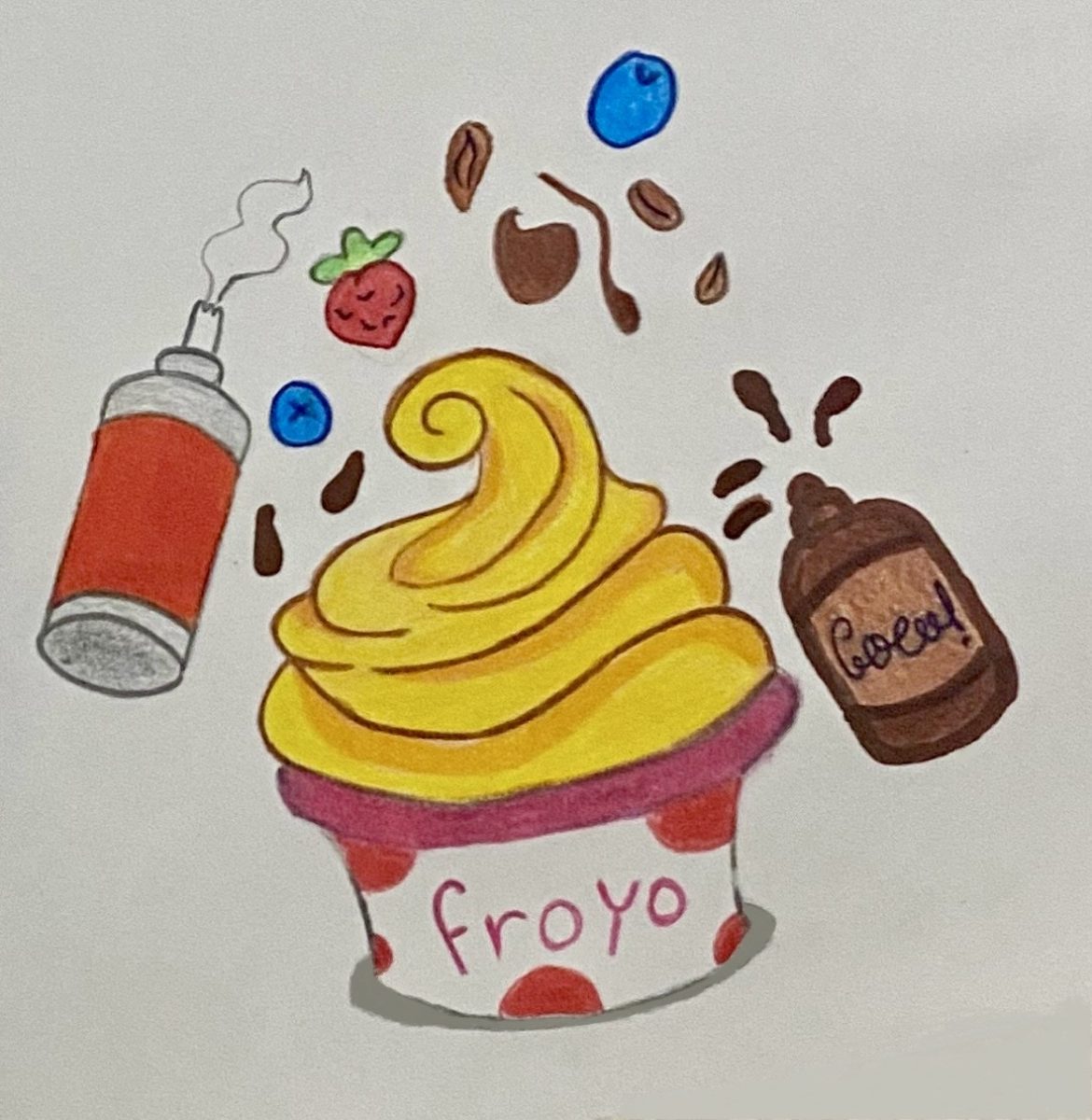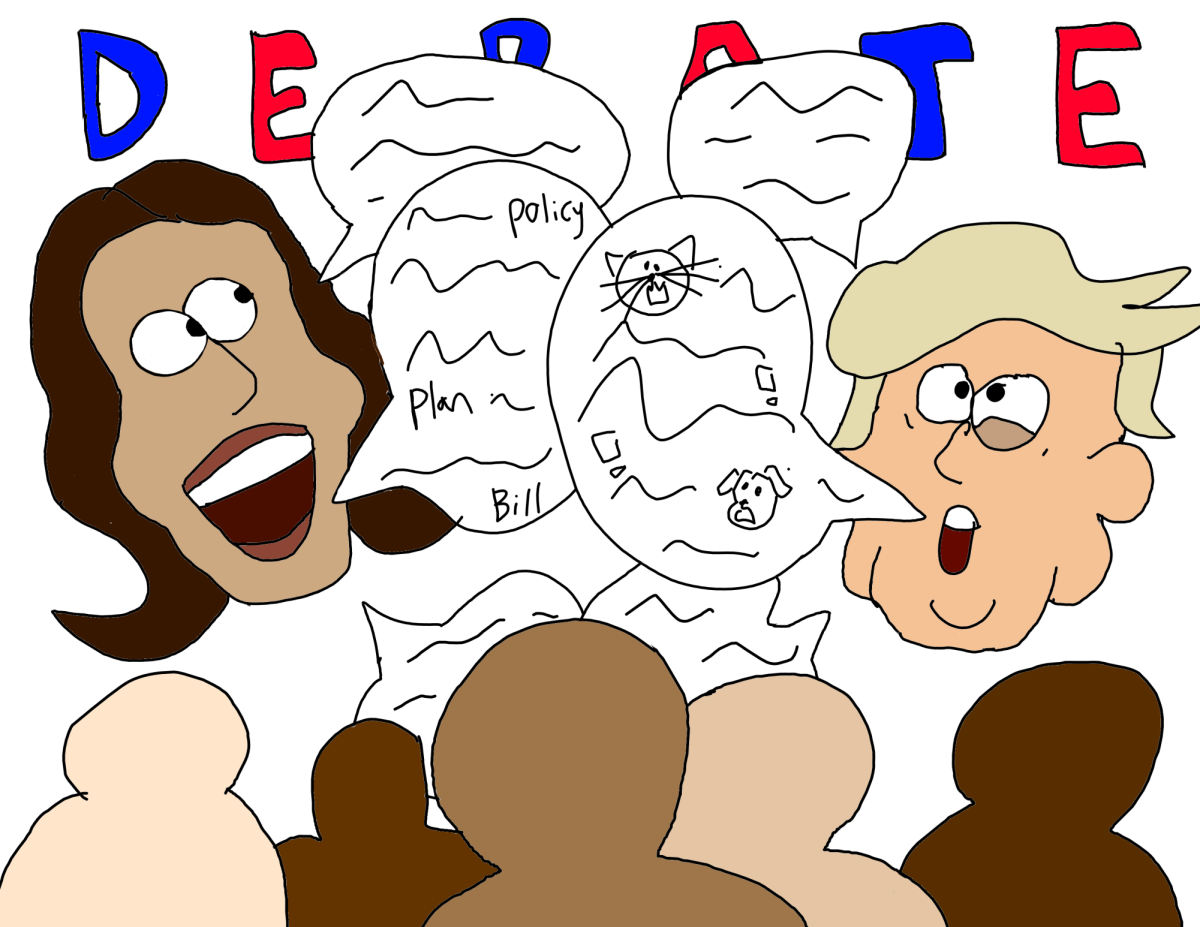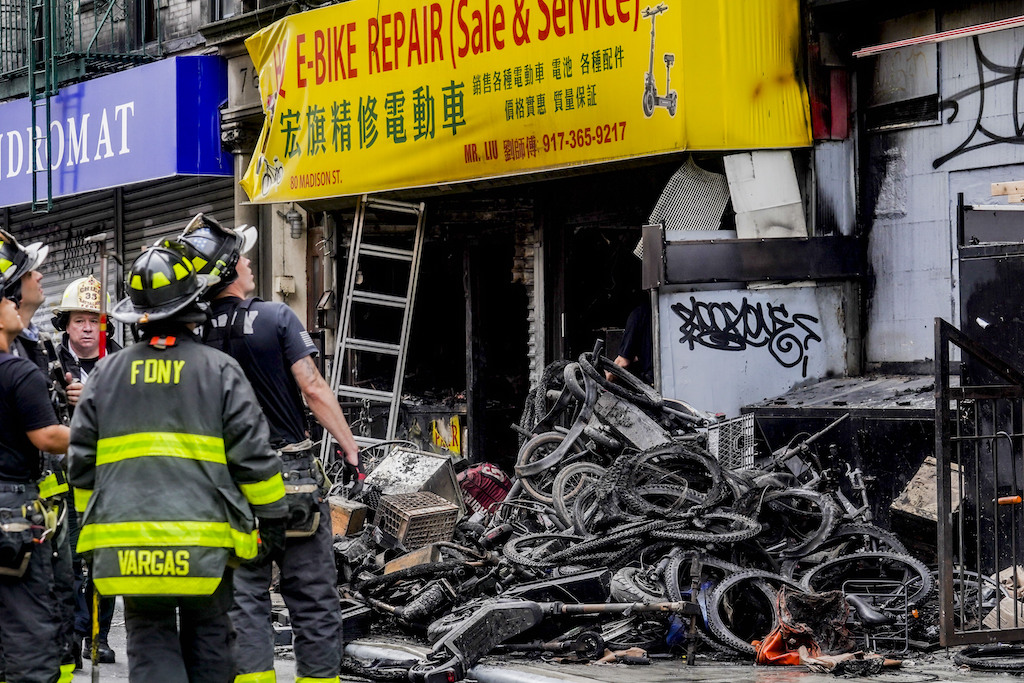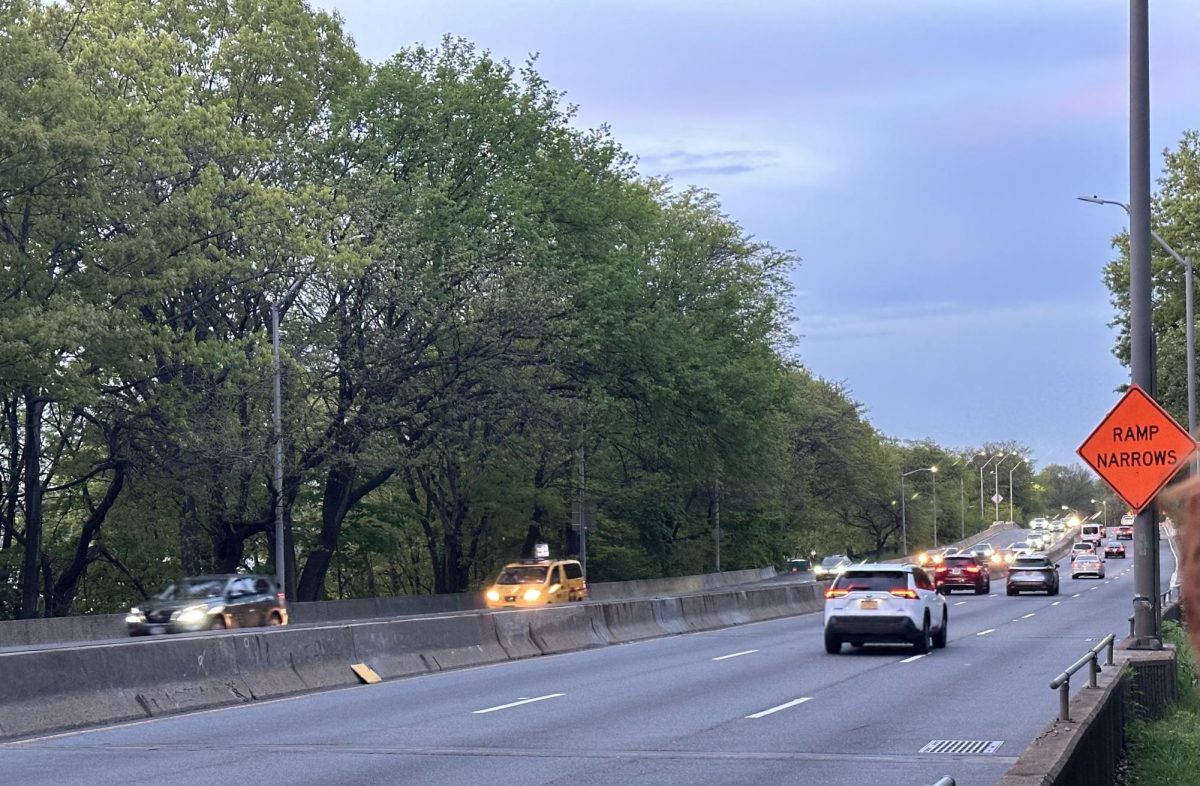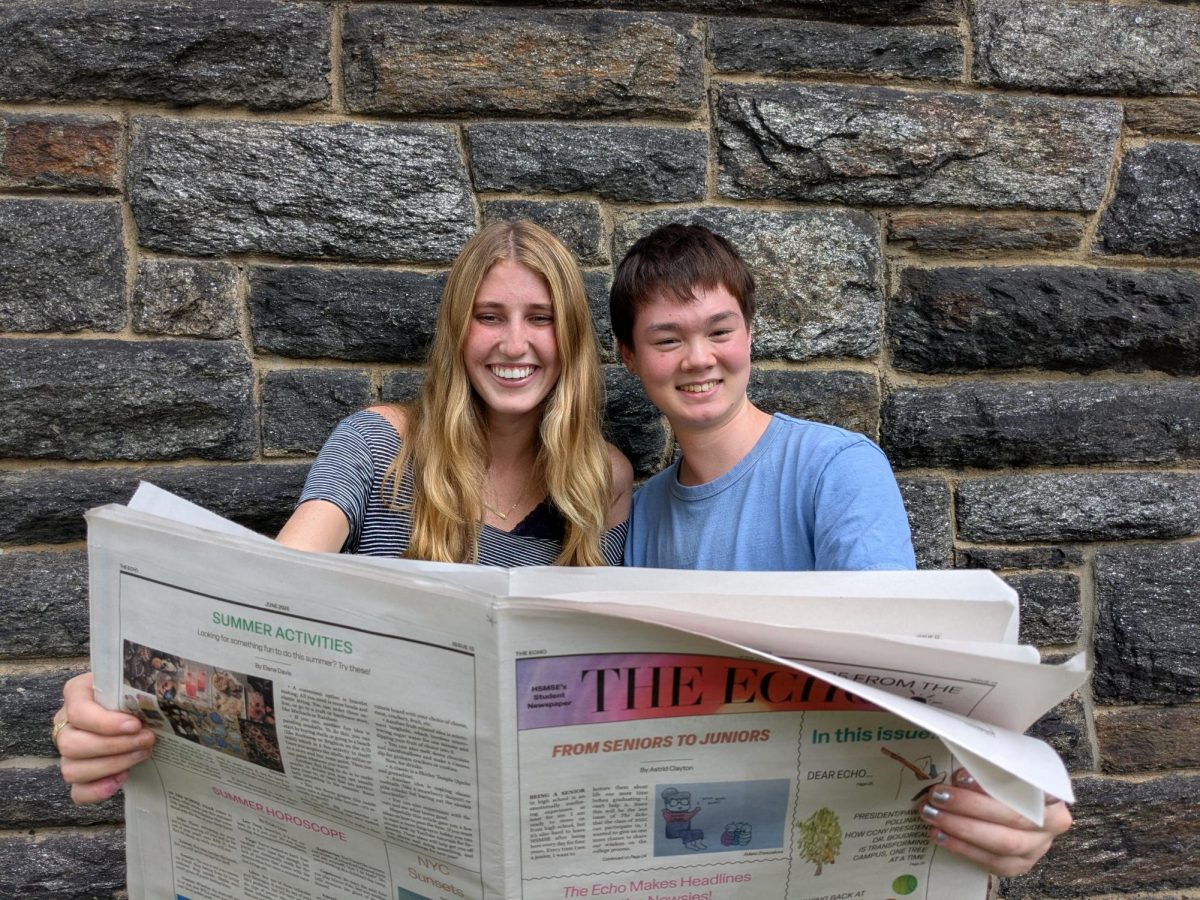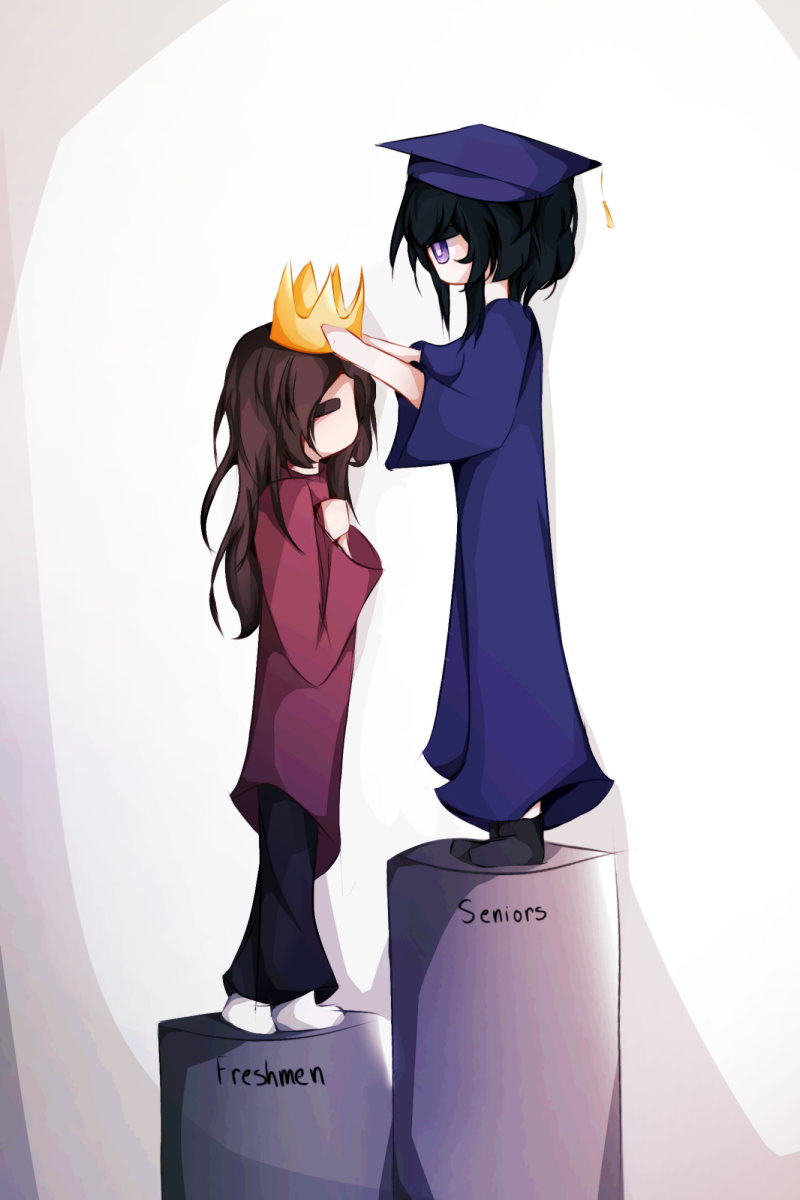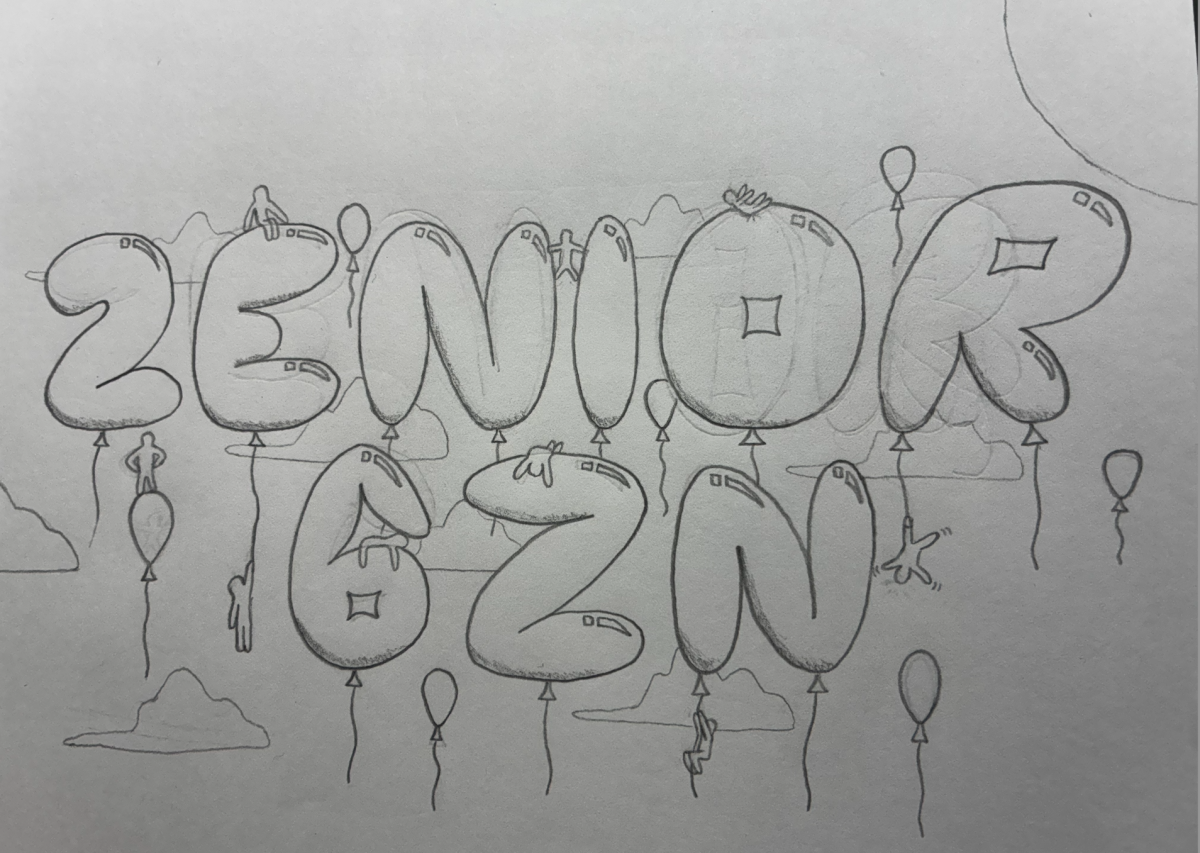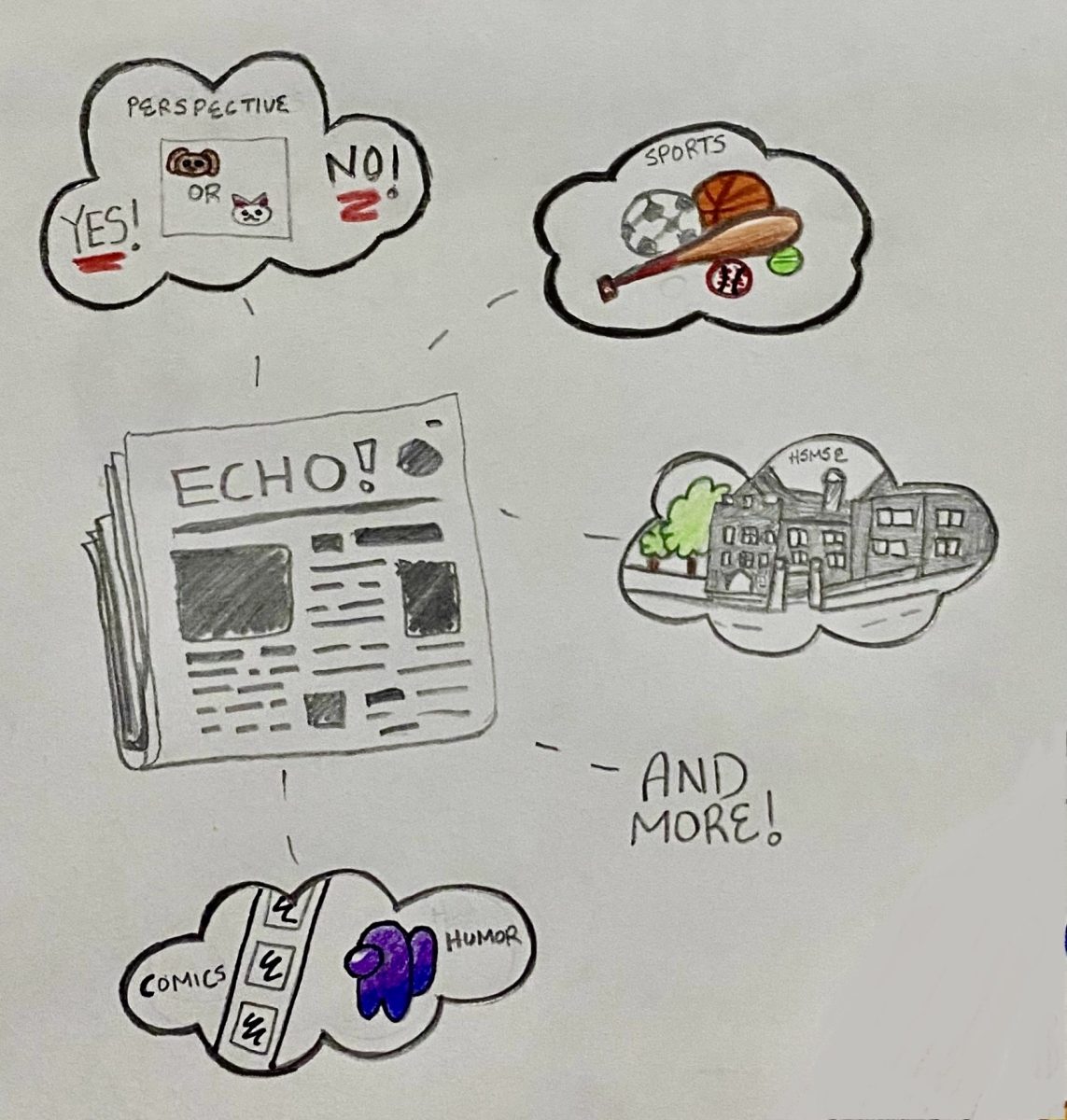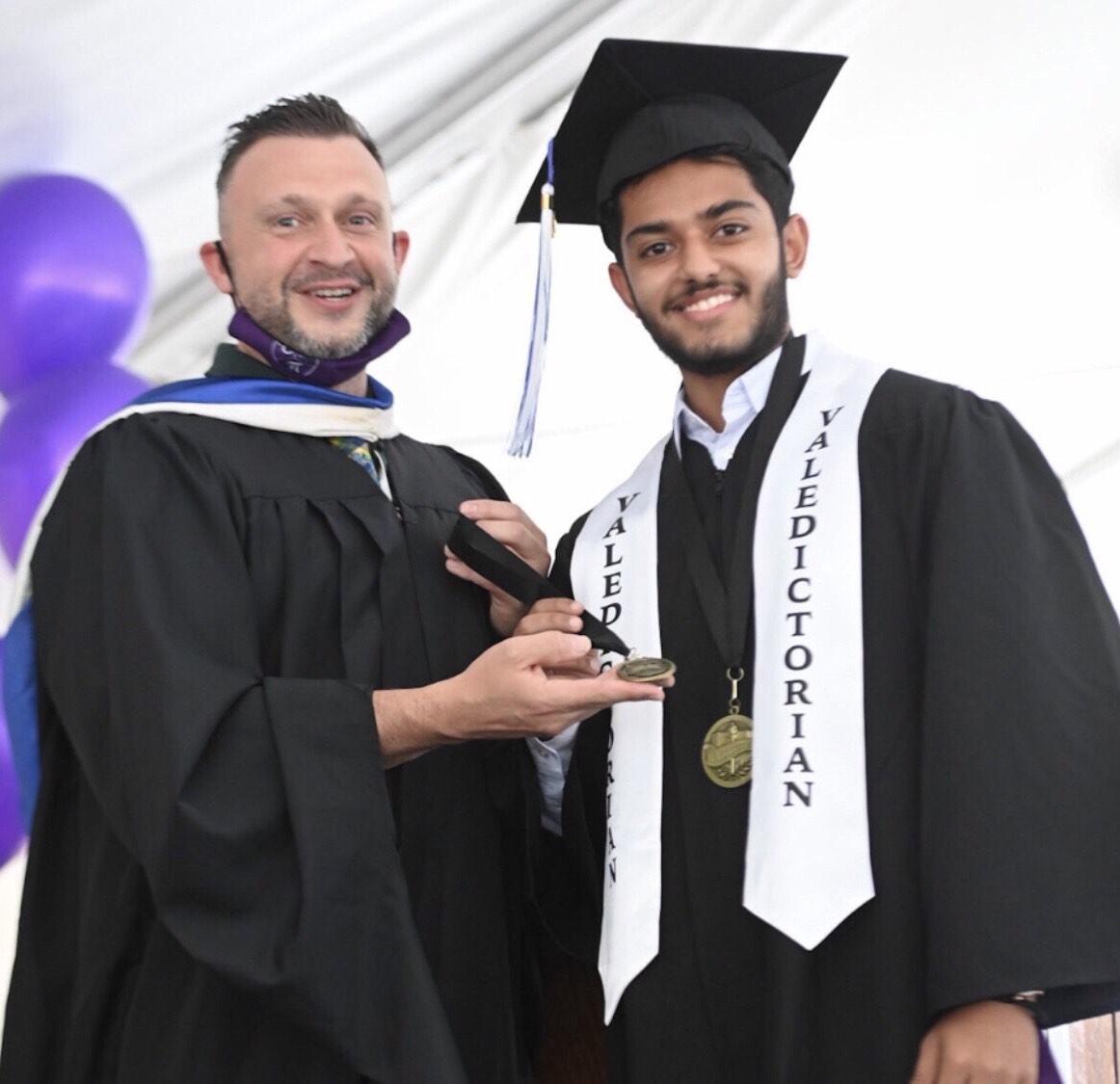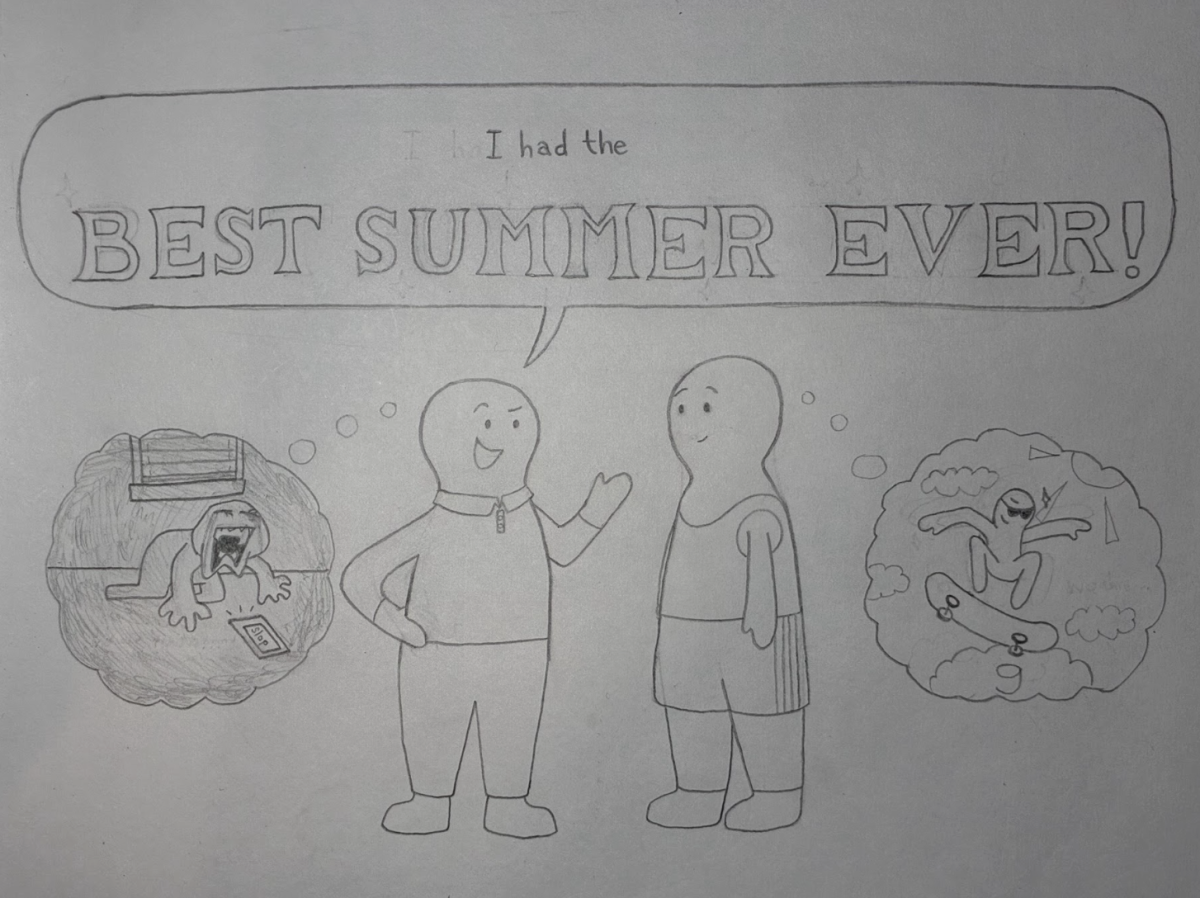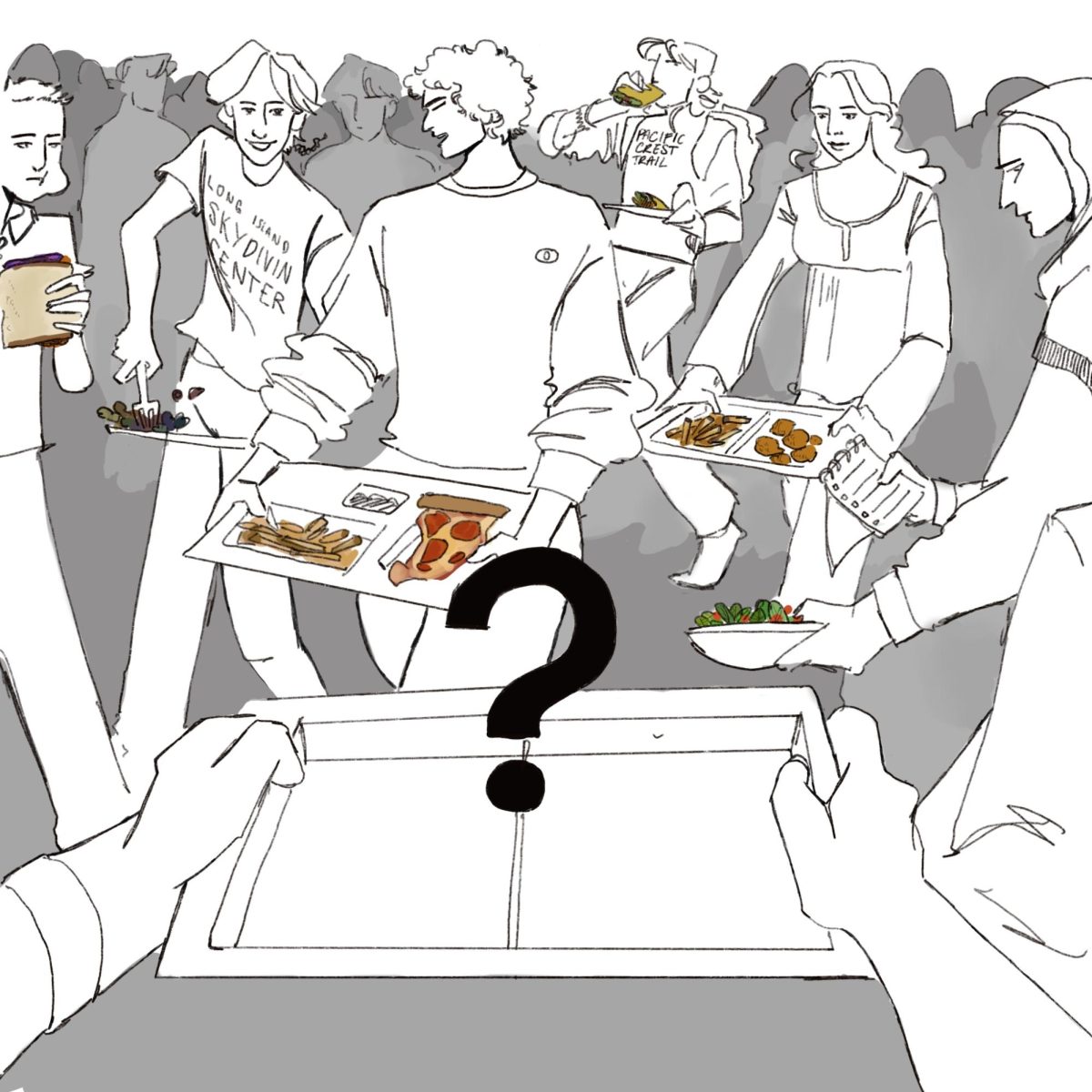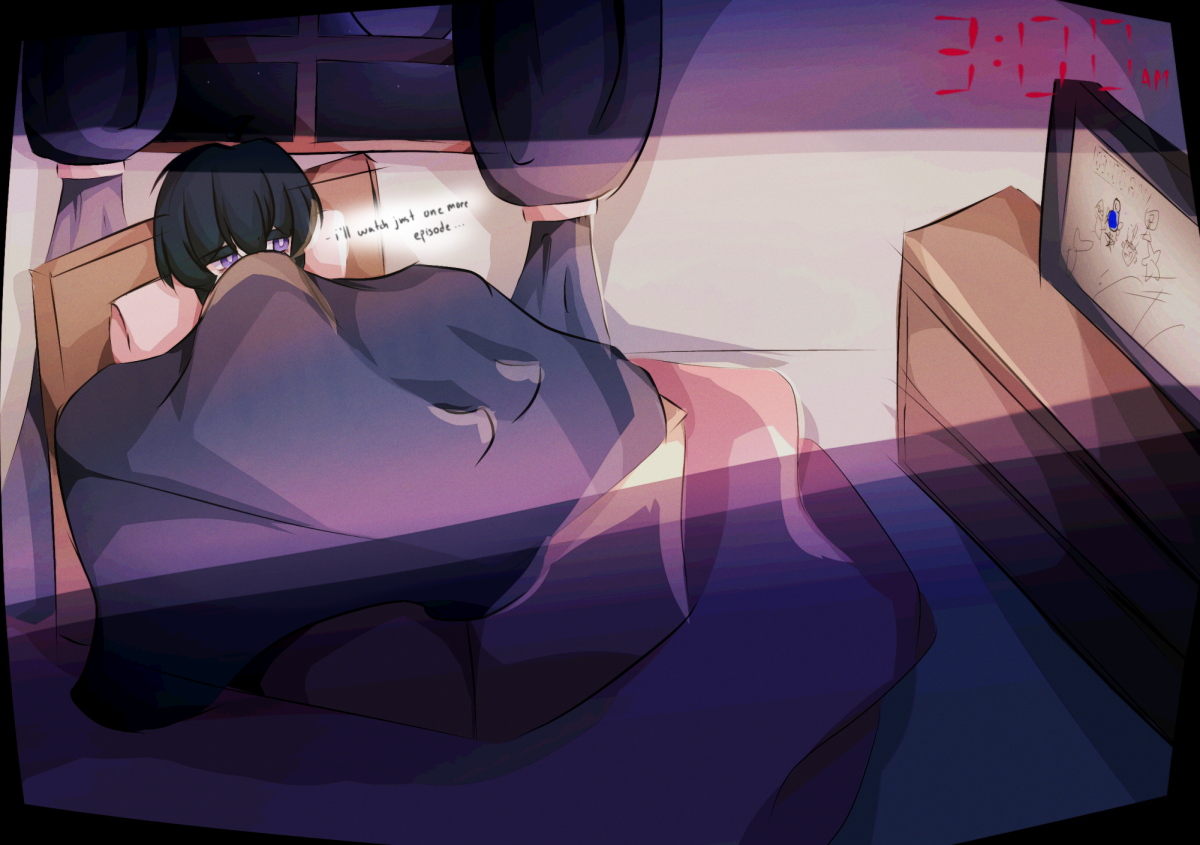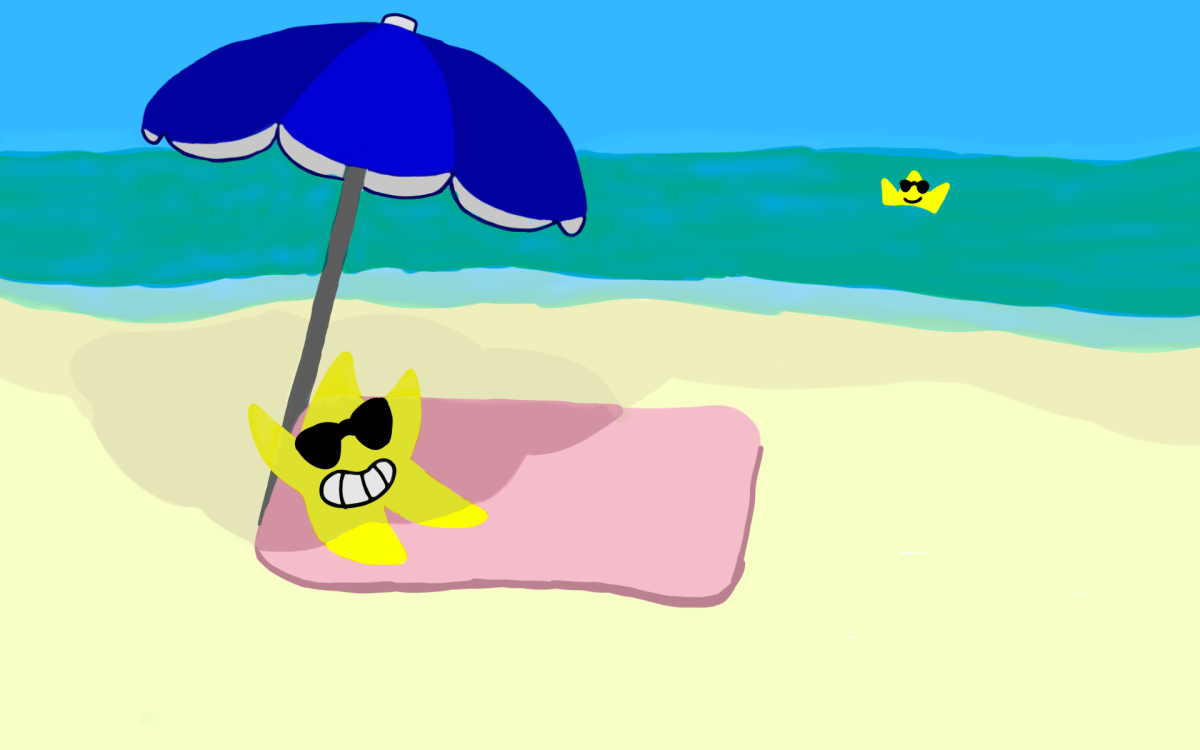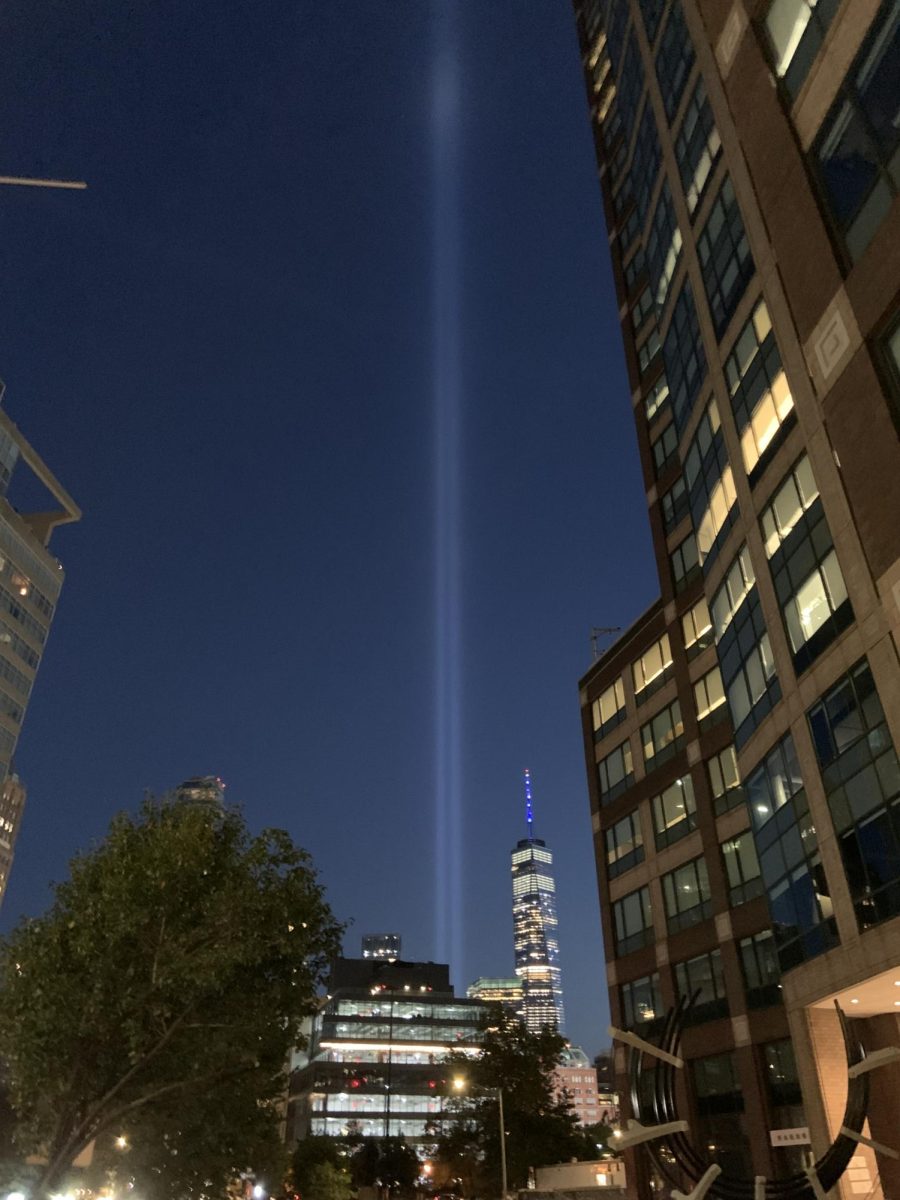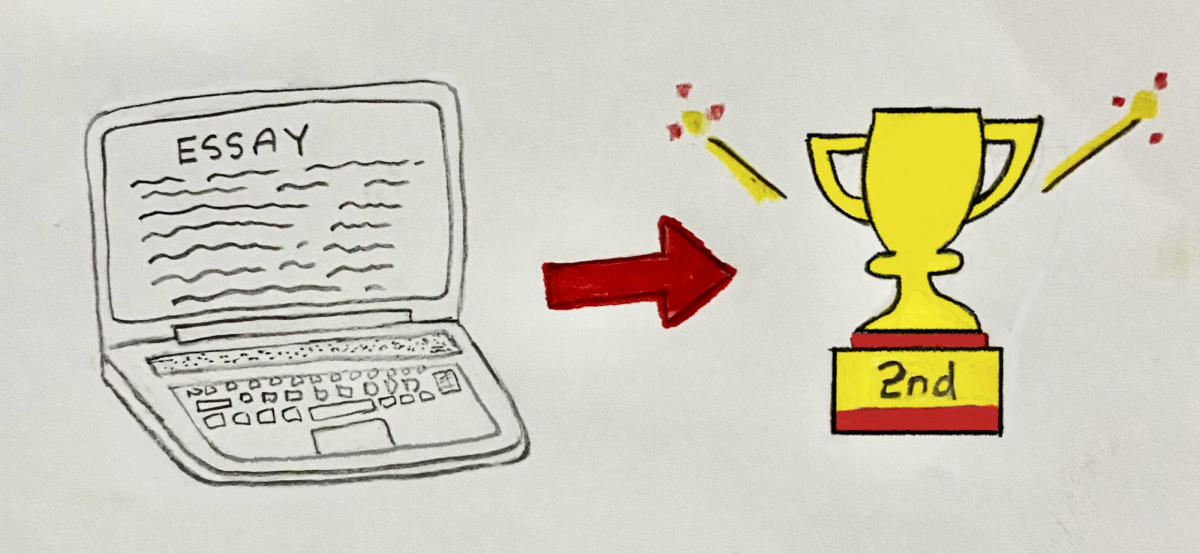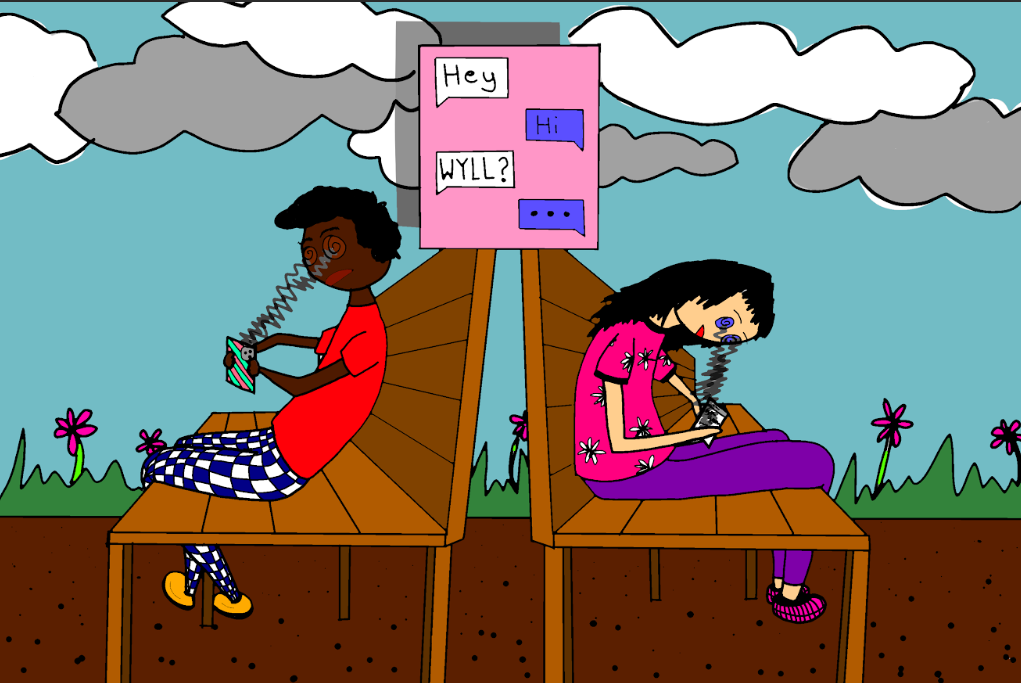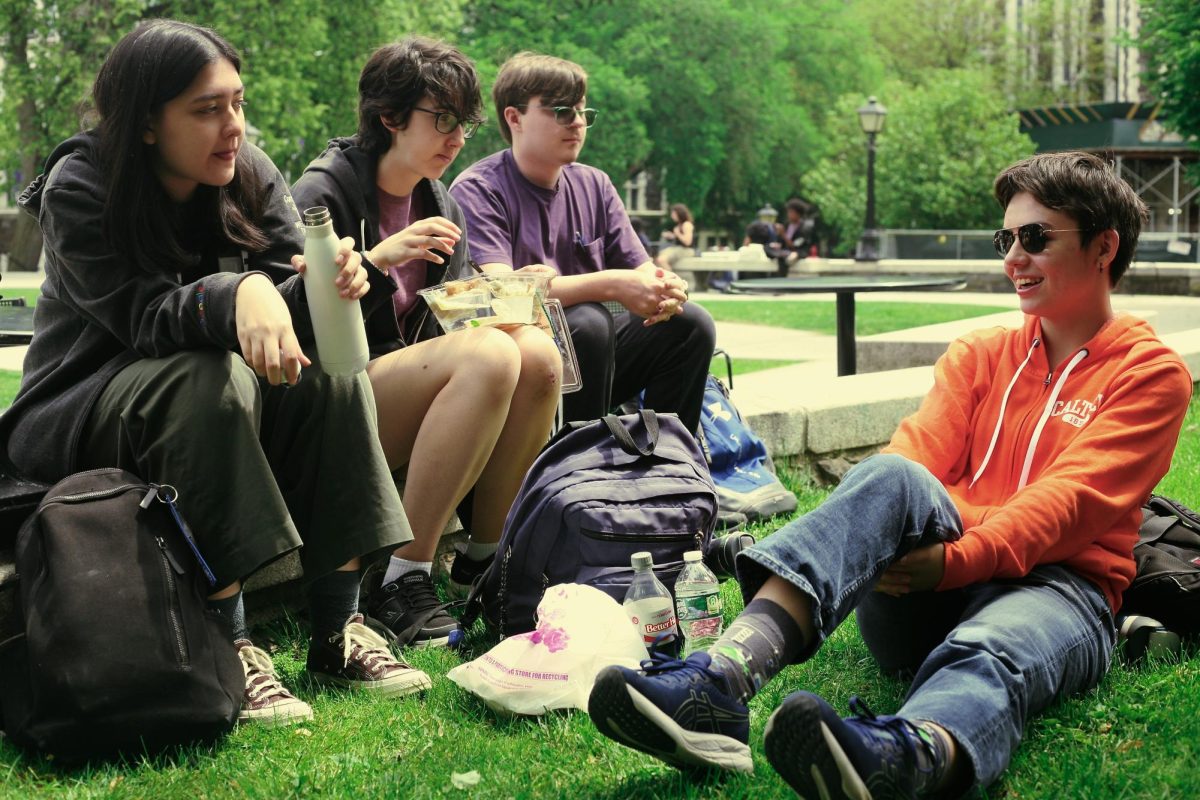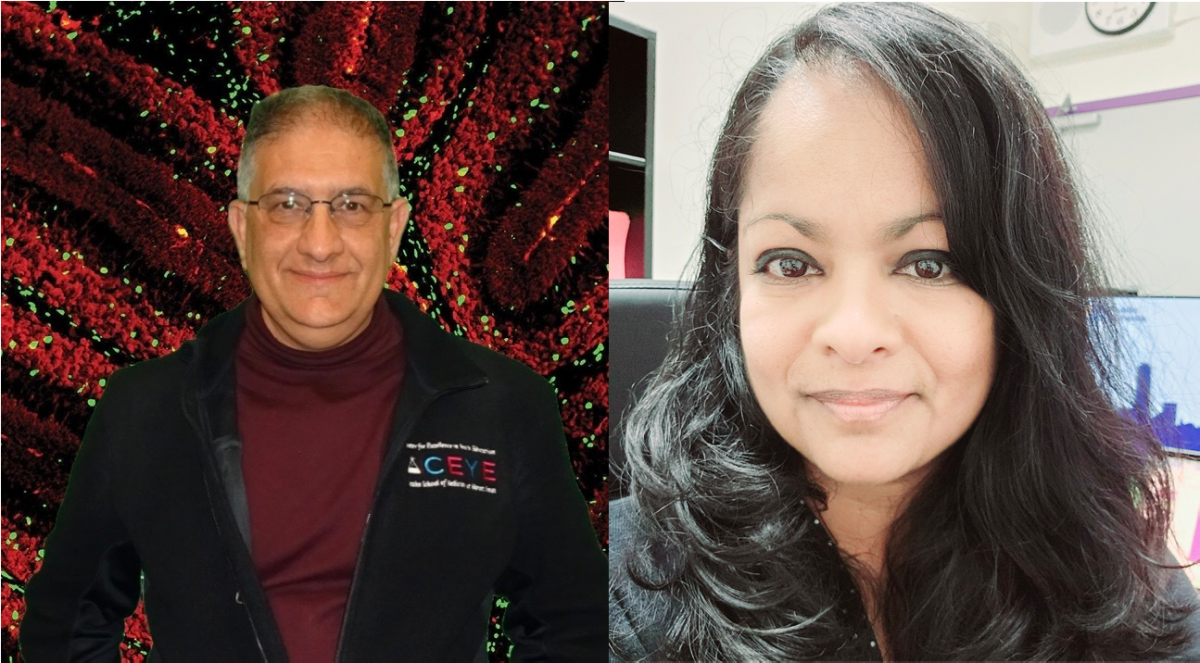Our school moniker boasts a triquetra of mathematics, science, and engineering but hasn’t really lived up to its name — until recently. Just think about it: the only real science curriculum before the pilot science program was Mt. Sinai, which is limited in both scope and availability, focusing heavily on the medical field and accounting for only 18 out of more than 140 students. Are there really only 18 students per grade who have such pervasive curiosity for understanding the world around them? With the lack of a broader, more accessible scientific ‘major’ at MSE, it seemed as if the “science” part of our moniker was both the figurative and literal ‘middle child’ of the school. That is, until the pilot science track came about.
What actually is the pilot science track you might ask? I asked the program’s two instructors, Dr. Aleyasin and Dr. Bernardo, and this is what they had to say: “The Science Track is a pilot program. It is not AP. It’s a combination of biomedical sciences and research, eventually introducing maybe Earth Science, Physics, Advanced Chemistry, and more.” According to Dr. Bernardo, the pilot program consists of two courses right now: Anatomy and Physiology taught by Dr. Aleyasin and Molecular Biology and Genetics taught by her. She says “these courses are meant to teach content at a college level using rigorous content, integrating laboratory skills and techniques”. In other words, the pilot science program is looking to be both comprehensive and intensive in teaching advanced sciences, while looking to branch out to broader fields of science as the program evolves. Dr. Bernardo also looks forward to teaching students basic lab skills, like gel electrophoresis, all the way to a complex DNA barcoding project.
So what do the students think so far? According to a poll sent out to science track students, 90% of respondents agree that it was very important to finally have a science track, with one student, Kazi Rafi, saying that, “considering how science is part of the school’s namesake, giving it a proper presence outside of the limited Sinai track is important to emphasize the school’s identity”. Previously, without a science track, students who were passionate about science but did not get into the highly selective Sinai program would essentially have no other way to explore science on a deeper level. Our poll results show that around 50% of respondents would have wanted to be in the Sinai track without the creation of the science track, further emphasizing the importance of having an alternative. Responding students primarily cited a love for biology, biomedicine, or science in general as reasons for joining the track.
So far, the majority of respondents claim that the work done in class is incredibly difficult and consider taking notes/studying imperative to their success in the class. Although most respondents showed their appreciation for both teachers and their classes, one student anonymously admitted that they felt overwhelmed by Dr. Bernardo’s class. Another student has anonymously discussed a possible conflict and overlap in information between the two teachers’ classes, and they think this may be due to a miscommunication. In terms of future suggestions, Nicholas Beirne emphasizes the need of making a “syllabus / course overview” so that students “know what they are signing up for” and “understand that they will be expected to take a college-level course.” Taking into consideration how big of a decision track selection is at MSE, I personally hope this suggestion is taken into account in order to make the pilot science track more official and let students really know what they might be doing in the years to come.
When I asked Dr. Aleyasin and Dr. Bernardo why it was so important to finally have the program available, they both had similar responses. Dr. Bernardo highlighted, “We are a STEM school, right? It’s in the name of our school, and I think it’s important to have the choice for students who want to pursue careers in science.” Dr. Aleyasin echoed a similar sentiment: “Your high school has three names, right? It has three things — Math, Science, and Engineering. So if you are a student [here], then you expect to have equal opportunity to follow each of these tracks. The Sinai program has traditionally been seen as the science track, but it has a very limited capacity. It is limited in both the number of students and the scope. The scope of [Sinai] is biomedical sciences, but science is not just biomedical sciences, right?” It is really as simple as that. Science is in the name of our school, and the name of our school certainly isn’t High School for Math, Sinai, and Engineering.
Dr. Aleyasin praises his students for the amazing energy they bring to his class, even after lunch during 5th period, and he points out that the best part to him is “when you talk about something and students look like, ‘what?’ Confusion: confusion is actually good. Confusion is when a new piece of information does not have a special place in the arrangement of thoughts we have formed already, and we start to wonder where or how we should arrange it. That’s the beginning of learning. It starts with ‘I don’t know.’ Sometimes they are confused and sometimes surprised, those reactions [to me], are the best parts about teaching.” Dr. Bernardo also underlines how “it’s actually very effective when we talk about a topic and students get confused, or maybe [they] just never realized or looked at it in that particular way. In my classroom, you don’t always have to give the right answer at all. You learn by sometimes being wrong and then learning and building upon your knowledge like that.” Learning is all about not knowing. You aren’t supposed to know everything; in fact, the only thing you might actually know is that you know nothing. Uncertainty and confusion are the main factors that push occasionally sleep-deprived students to learn and engage with content and form or expand upon a new perspective — a new idea within their brains.
After conversing with Dr. Aleyasin and Dr. Bernardo, I am confident that they will be able to lead and grow the pilot science program into a full-fledged science track. It is clear to me that they both thoroughly enjoy teaching students and value the lessons that the field has to offer. Dr. Aleyasin told me that science isn’t just about the memorization of facts and delivery of information — it is more than that — it is a way of critically thinking about the world around us in all aspects of life. The future of science at HSMSE already looks great, and I’m sure they will be able to teach us all to become inquisitive thinkers and problem solvers.
The science track really should’ve initially been an option for students. The majority of students agree that it was crucial to their school experience at MSE, and I can’t say it better than Noah Kim: “It’s in the name: HSM(S)E.” It’s clear that the scientific track came into existence only after students thoroughly demonstrated their passion for science, showing the power that we, as students, hold to change institutions to work for our convenience. This isn’t just limited to the microcosm of our tiny high school; we can pursue change wherever we think it is necessary to be our best selves. So the next time you are out and about, think about the forgotten science track, and think about what you could add to your local community.
